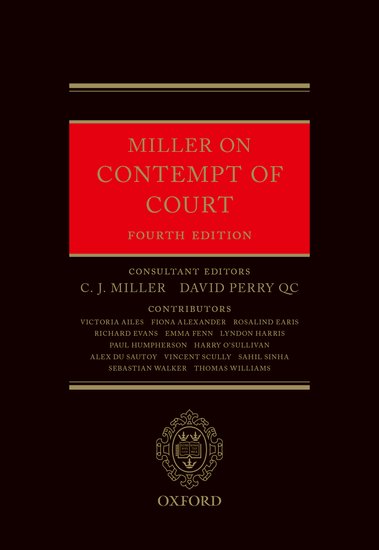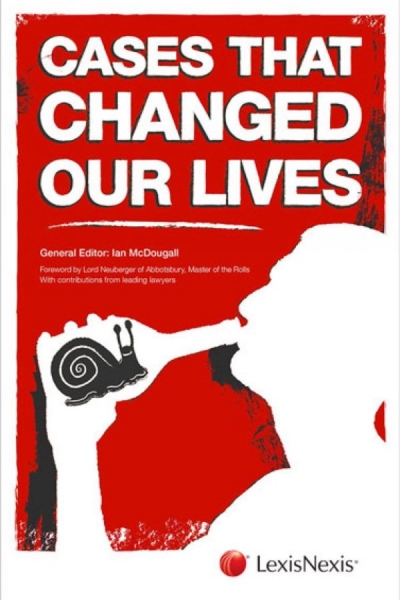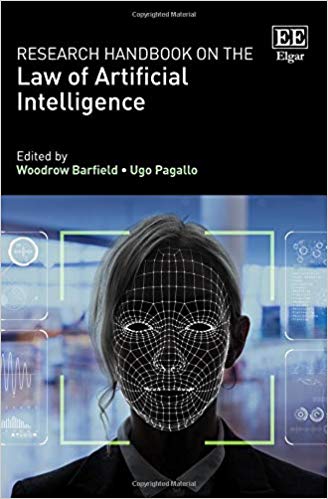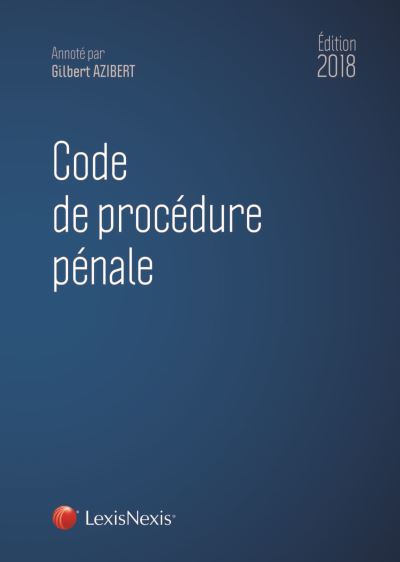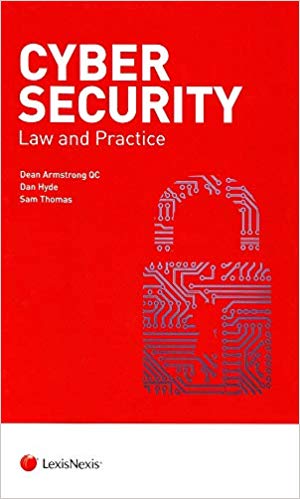Description
Common-law judgments tend to be more than merely judgments, for judges often make pronouncements that they need not have made had they kept strictly to the task in hand. Why do they do this? The Intricacies of Dicta and Dissent examines two such types of pronouncement, obiter dicta and dissenting opinions, primarily as aspects of English case law. Neil Duxbury shows that both of these phenomena have complex histories, have been put to a variety of uses, and are not amenable to being straightforwardly categorized as secondary sources of law. This innovative and unusual study casts new light on – and will prompt lawyers to pose fresh questions about – the common law tradition and the nature of judicial decision-making.
- Draws on a diverse array of materials from different periods and jurisdictions, introducing lawyers and historians to hitherto neglected legal sources
- Considers the history of dicta and dissent as types of judicial pronouncement, demonstrating how the concept of legal authority is highly nuanced, and how a legal system’s rule of recognition can be altered by judges
- Provides a detailed examination of the main types of non-binding content to be found in legal judgments
Table of Contents
Preface
Table of cases
Prologue
Essay I. Dicta: introduction
1. The civilian dimension
2. Case law as common law
3. ‘Obiter’ as legal entity
4. Dicta depicted
5. Oblique strategies
6. Engines of confusion
7. The necessity test
8. Cheap talk
9. Dicta and dicta
10. Nearly law?
11. Observation and authority
12. The sources problem
Essay II. Dissent: introduction
13. Some preliminary observations on dissent
14. The nature of judicial dissent
15. Without contraries is no progression?
16. Stalemates and motivations
17. Dissents, decisions, and courts
18. The tug of unanimity in England’s courts
19. Dissent in an apex court
20. When is a dissent not a dissent?
21. Minorities as authorities
22. Are we agreed?
Index.

